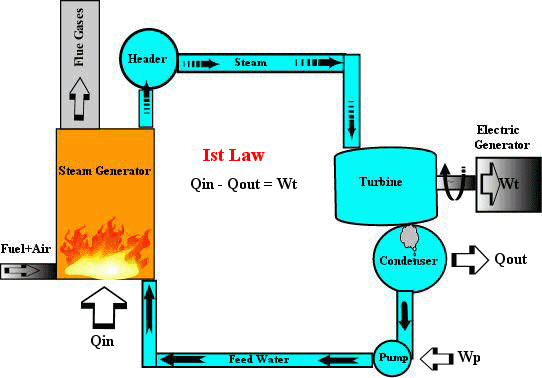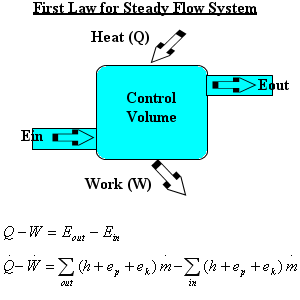|
The energy conversion devices can be brought under two broad categories.
- Devices that generate power (Heat engines, nuclear, water turbines..)
- Devices that utilize power (HVAC, hydraulic, pneumatic..)
Heat engines probably constitute more than 60% among conventional power generation devices owing to the economic reasons. With innovations in technology, most of the traditional devices have become complex by design in order for it to operate more efficiently while their operating principles remained the same. Nevertheless, all these devices have one thing in common, that is, they obey the law of nature. In other words, they are all governed by two fundamental laws of thermodynamics. The first law dictates that the energy can be neither created nor destroyed; it can only be transformed from one form to another. This brings in the concept of heat and work measured in the same units and interchangeable. The second law dictates how far this conversion can take place within a device and that brings in the concept of entropy.
A generic heat engine can be depicted using a simple model as shown below.
|


